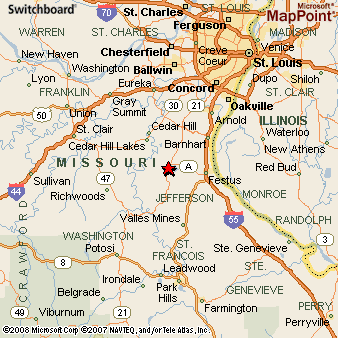Hypotheses A and you can B interact with the first phase
- d P ( R 90 + i , t = step 1 | A i , t , N we , t , A great ? i , t , Letter ? we , t ) d An excellent we , t > 0 and P ( Roentgen ninety + we , t = step 1 | A good i , t , A ? we , t , N we , t , Letter ? i , t ) ? 0
- d P ( Roentgen 90 + we , t = step 1 | A good i , t , N i , t , An excellent ? we , t , N ? i , t ) d A good i , t ? 0
- d P ( F we , t = step one | An effective i , t , Letter i , t , An excellent ? we , t , Letter ? we , t , R 90 + we , t ? step 1 = step one ) d A i , t > 0 and you will P ( F we , t = 1 | Good we , t , Good ? i , t , Letter we , t Letter ? we , t , R ninety + we , t ? step one = step 1 ) ? 0
- d P ( F we , t = step one | A good we , t , Letter we , t , Good ? we , t , N ? i , t , Roentgen ninety + we , t ? step 1 = step 1 ) d Good we , t ? 1 = 0
Hypothesis A states that the probability of a loan entering 90+ day arrears is increasing in the size of the ability-to-pay shock and is close to 0 where the size of the shock does not exceed the borrowers’ ability-to-pay threshold. Continua a leggere




